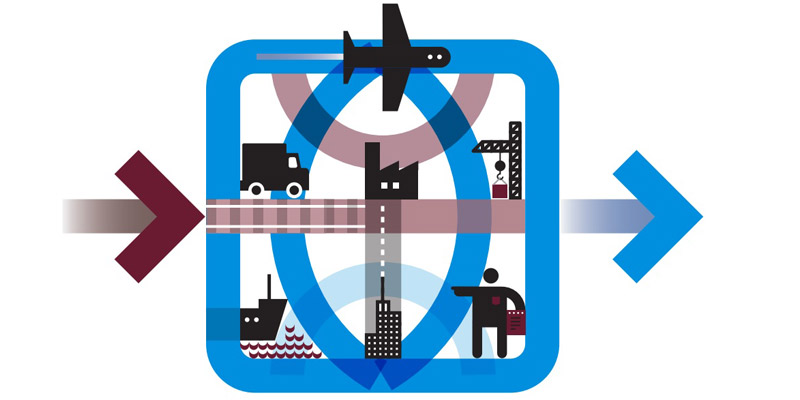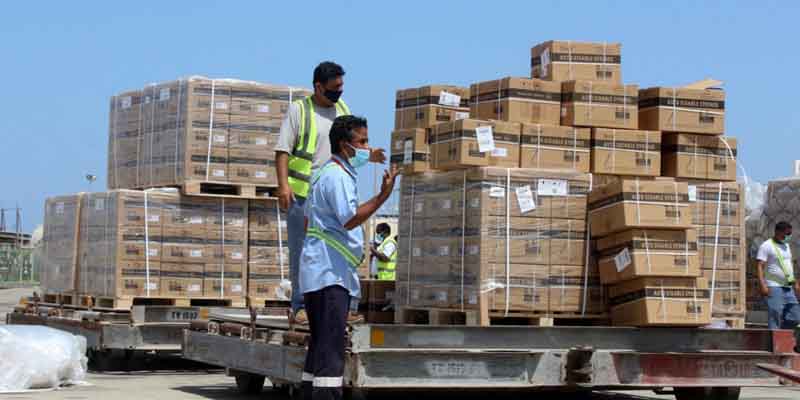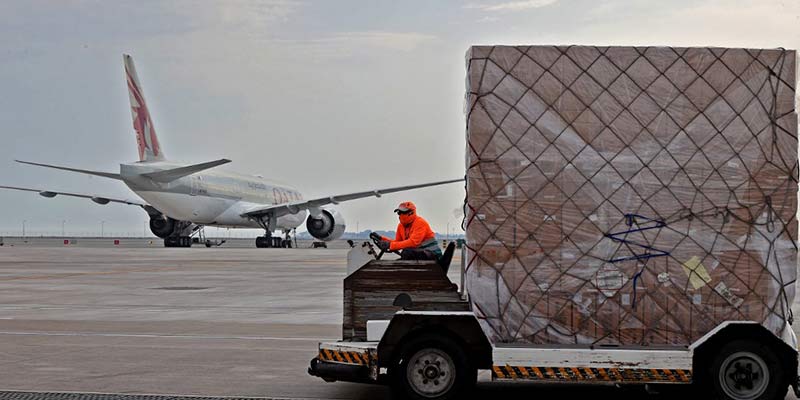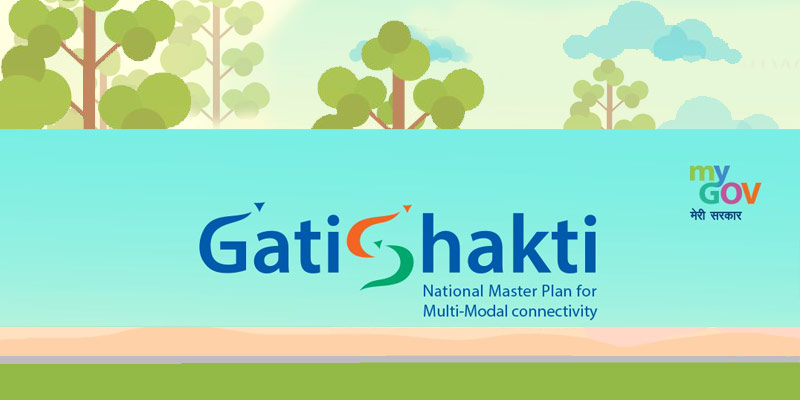- India
- Apr 24
India climbs 6 places on World Bank’s Logistic Performance Index
• India has climbed six places on the World Bank’s Logistic Performance Index (LPI) 2023, now ranking 38th in the 139 countries index.
• India was ranked 44th on the index in 2018 and has now climbed to 38th in the 2023 listing.
• India’s performance has drastically improved from 2014, when it was ranked 54th on the LPI.
Why a country’s logistics industry matters?
• The modern era of international trade is one of increasingly complex interactions between people, firms, and organisations. Supply chains cross countries and regions.
• Having inefficient or inadequate systems of transportation, logistics, and trade-related infrastructure can severely impede a country’s ability to compete on a global scale.
• This increasing complexity has serious implications for the world’s poor, who often are disproportionately disconnected from global, regional – or even local – markets.
• Poverty is often concentrated in geographic areas that are poorly connected to active economic centers, within and between countries. These pockets of poverty may be close to dynamic, urban markets, for example, but economically isolated from them. They often lack good connections to financial, economic, information, and infrastructure networks, too.
• Most of the products that we consume every day wouldn’t reach us were it not for logistics.
• Logistics is understood as a network of services that support the physical movement of goods, trade across borders, and commerce within borders. It comprises transportation, warehousing, brokerage, express delivery, terminal operations, and related data and information management.
• The performance of a country’s logistics industry matters a great deal for its competitiveness on export markets, and its ability to reliably and affordably secure the importation of the goods it needs for production and consumption.
• The World Bank developed the Logistics Performance Index (LPI) to help economies identify areas where logistics could be improved.
How is LPI prepared?
• The 2023 LPI survey was conducted from September 6 to November 5, 2022. It contains 4,090 country assessments by 652 logistics professionals in 115 countries in all World Bank regions.
The LPI analyses countries through six components:
i) The efficiency of customs and border management clearance.
ii) The quality of trade and transport-related infrastructure.
iii) The ease of arranging competitively priced international shipments.
iv) The competence and quality of logistics services.
v) The ability to track and trace consignments.
vi) The frequency with which shipments reach consignees within the scheduled or expected delivery time.
• The indicators were chosen based on theoretical and empirical research and the practical experience of logistics professionals involved in international freight forwarding.
The top performers
• In the 2023 LPI, the top 12 scorers are high income economies.
• Singapore, with a score of 4.3, is at the top, a position it also held in 2007 and 2012.
• Of the top 12 scorers, eight are in Europe — Finland, scoring 4.2; Denmark, the Netherlands, and Switzerland, scoring 4.1, and Austria, Belgium, Germany, and Sweden scoring 4.0.
• They are joined by Hong Kong SAR, China, the United Arab Emirates and Canada.
• Most of these economies have for years been dominant players across international supply chain networks.
• The bottom 10 scorers are mostly low and lower-middle-income countries and are located on several continents. They are either fragile economies affected by armed conflict, natural disasters, or political unrest or landlocked countries challenged by geography or economies of scale in connecting to global supply chains.
• Afghanistan and Libya have the lowest score (1.9), followed by Somalia (2.0), Angola, Cameroon and Haiti (2.1).
What the report says about India?
• According to the report, India’s rank moved up five places in infrastructure score from 52nd in 2018 to 47th in 2023. It climbed to 22nd spot for international shipments in 2023 from 44th in 2018 and moved four places up to 48th in logistics competence and equality.
• In timelines, India witnessed a 17-place jump in rankings, whereas it moved up three places in rank in tracking and tracing to 38th. The report quotes modernisation and digitalisation as a reason for emerging economies, like India, to leapfrog advanced countries.
• Since 2015, the government of India has invested in trade-related soft and hard infrastructure connecting port gateways on both coasts to the economic poles in the hinterland.
• Technology has been a critical component of this effort, with implementation under a public-private partnership of a supply chain visibility platform, which contributed to remarkable reductions of delays.
• NICDC Logistics Data Services Limited applies radio frequency identification tags to containers and offers consignees end-to-end tracking of their supply chain. Implementation started in 2015 on the Indian east coast and was generalised in 2020.
• With the introduction of cargo tracking, dwell time in the eastern port of Visakhapatnam fell from 32.4 days in 2015 to 5.3 days in 2019.
• The average dwell time for containers between May and October 2022 was three days for India and Singapore, much better than some of the industrialised countries. The dwell time for the US was seven days and for Germany it was 10 days.
• Dwell time is how long a vessel spends at a specific port or terminal. It may also refer to the amount of time that a container or cargo spends at a port or terminal before being loaded onto a vessel or after being unloaded from a vessel. Shipping container vessels operate on schedules and delays in any particular port are felt across the service. The shorter the dwell time, the lower the vessel and marine-terminal operating costs.
Initiatives to boost the logistics sector in India
• According to the commerce ministry, while the Indian logistics sector has been growing at a compound annual growth rate (CAGR) of 10.5 per cent, reaching about $215 billion in value during 2020, there are systemic, interconnected problems that must be addressed to enhance its efficiency.
• Comprehensive logistics costs amount to almost 14 per cent of India’s gross domestic product, which is higher than other countries in the world.
• Prime Minister Narendra Modi-led government announced PM Gati Shakti initiative,
a National Master Plan for multimodal connectivity, in October 2021 to reduce logistics cost and boost the economy by 2024-25.
• In 2022, the PM launched the National Logistics Policy (NLP) to ensure quick last-mile delivery, end transport-related challenges, save time and money of the manufacturing sector and ensure desired speed in the logistics sector.
• These policy interventions are fructifying, which can be seen in India’s jump in LPI and its other parameters.
Manorama Yearbook app is now available on Google Play Store and iOS App Store




